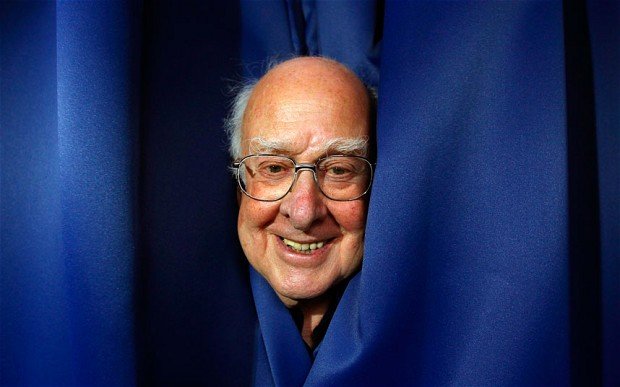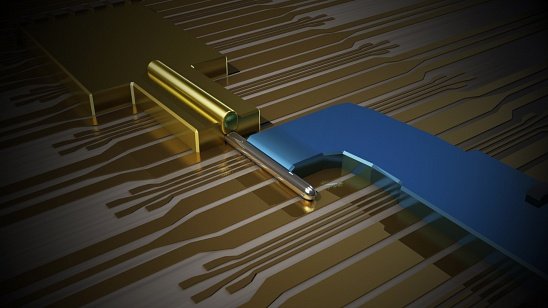Prof. Peter Higgs reveals he didn’t know he had won Nobel Prize
Prof. Peter Higgs has revealed he did not know he had won the Nobel Prize until a woman congratulated him in the street.
Prof. Peter Higgs, 84, who does not own a mobile phone, said a former neighbor had pulled up in her car as he was returning from lunch in Edinburgh.
He added: “She congratulated me on the news and I said <<oh, what news?>>”
The woman had been alerted by her daughter in London that Prof. Peter Higgs had won the award, he revealed.
He added: “I heard more about it obviously when I got home and started reading the messages.”
The emeritus professor at the University of Edinburgh was recognized by the Royal Swedish Academy of Sciences for his work on the theory of the particle which shares his name, the Higgs boson.
Prof. Peter Higgs shares this year’s physics prize with Francois Englert of Belgium, and joins the ranks of past Nobel winners including Marie Curie and Albert Einstein.

Prof. Peter Higgs has revealed he did not know he had won the Nobel Prize until a woman congratulated him in the street
The existence of the so-called “God particle”, said to give matter its substance, or mass, was proved almost 50 years later by a team from the European nuclear research facility (CERN) and its Large Hadron Collider (LHC) in Geneva, Switzerland.
Speaking for the first time about the award at a media conference at the University of Edinburgh, he said: “How do I feel? Well, obviously I’m delighted and rather relieved in a sense that it’s all over. It has been a long time coming.”
An old friend told him he had been nominated as far back as 1980, he said.
Prof. Peter Higgs added: “In terms of later events, it seemed to me for many years that the experimental verification might not come in my lifetime.
“But since the start up of the LHC it has been pretty clear that they would get there, and despite some mishaps they did get there.”
Stressing the involvement of other theorists and CERN, he added: “I think clearly they should, but it is going to be even more difficult for the Nobel Committee to allocate the credit when it comes to an organization like CERN.
“I should remind you that although only two of us have shared this prize, Francois Englert of Brussels and myself, that the work in 1964 involved three groups of people, (including) two in Brussels.
“Unfortunately Robert Brout died a few years ago so is no longer able to be awarded the prize, but he would certainly have been one of the winners if he had still been alive.
“But there were three others who also contributed and it is already difficult to allocate the credit amongst the theorists.
“Although a lot of people seem to think I did all this single-handed, it was actually part of a theoretical programme which had been started in 1960.”
Prof. Peter Higgs was born in Newcastle, but developed his theory while working at the University of Edinburgh.
The landmark research that defined what was to become known as the Higgs boson was published in 1964.
Discovering the particle became one of the most sought-after goals in science, and the team of scientists behind the $10 billion LHC at CERN made proving its existence a key priority.
In July of last year, physicists at CERN confirmed the discovery of a particle consistent with the Higgs boson.
Prof. Peter Higgs, who had often been uncomfortable with the attention his theory brought, was in Geneva to hear the news, and wiped a tear from his eye as the announcement was made.
Reacting to the discovery at the time, Prof. Peter Higgs told reporters: “It’s very nice to be right sometimes.”

